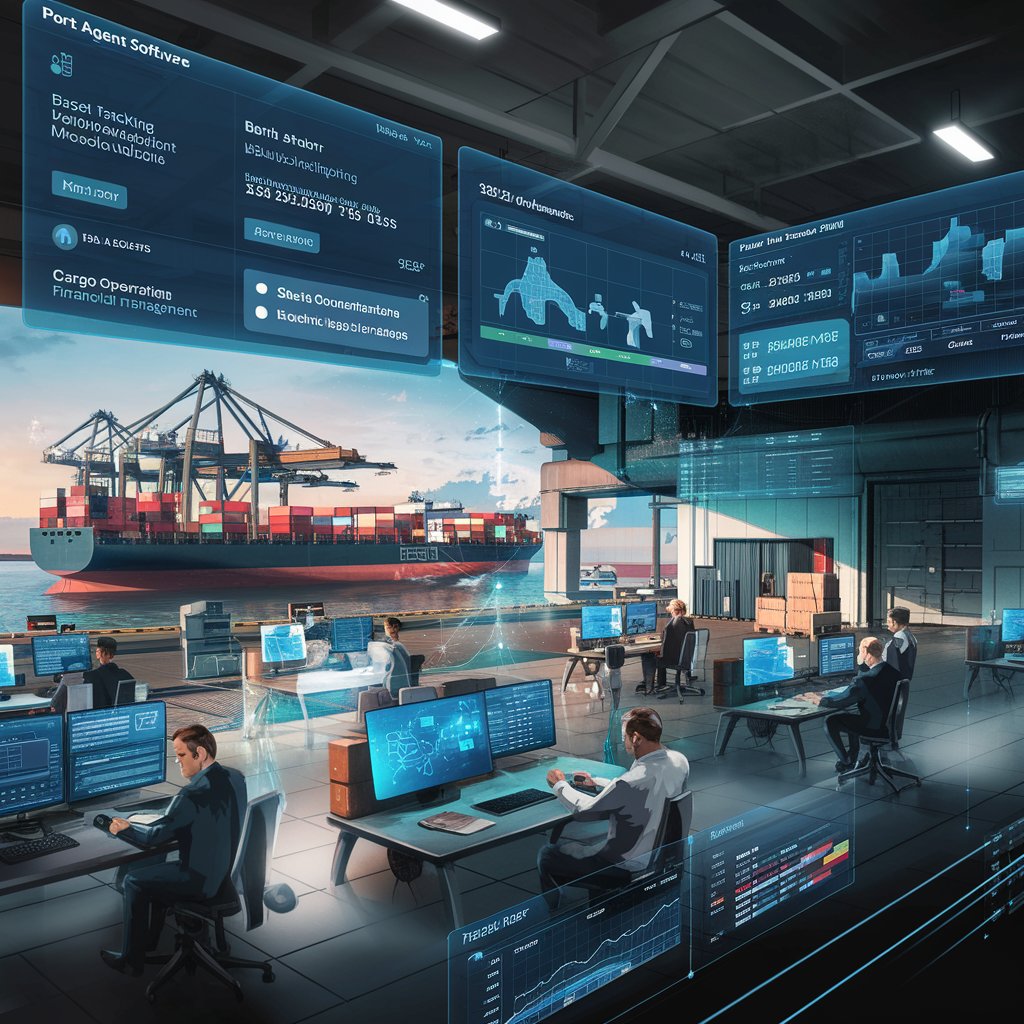The Essential Guide to Logistic Analysts: Driving Efficiency in Modern Supply Chains

Understanding the Role of a Logistic Analyst
A logistic analyst is a professional who specializes in analyzing and improving the flow of goods, information, and resources within an organization’s supply chain. They play a vital role in ensuring that products move efficiently from suppliers to customers, while minimizing costs and maximizing customer satisfaction.
Key Responsibilities:
- Data analysis and interpretation
- Process optimization
- Cost reduction strategies
- Performance monitoring and reporting
- Collaboration with cross-functional teams
- Implementation of logistics analytics tools
The Importance of Logistics Analytics
Logistics analytics is the application of data analysis techniques to gain insights and make informed decisions in logistics operations. It’s a critical component of modern supply chain management, enabling businesses to:
- Identify inefficiencies and bottlenecks
- Forecast demand more accurately
- Optimize inventory levels
- Improve transportation routes and methods
- Enhance customer service
Logistics Analytics Use Cases
- Demand Forecasting: Predicting future demand based on historical data and market trends.
- Inventory Optimization: Determining optimal stock levels to balance costs and service levels.
- Route Optimization: Finding the most efficient transportation routes to reduce fuel costs and delivery times.
- Warehouse Management: Improving storage and picking processes to increase efficiency.
- Supplier Performance Analysis: Evaluating and comparing supplier performance to make informed sourcing decisions.

Logistics Analysis: The Foundation of Informed Decision-Making
Logistics analysis involves the systematic examination of logistics processes to identify areas for improvement. It’s a crucial skill for logistic analysts, enabling them to:
- Evaluate current operations
- Identify inefficiencies and bottlenecks
- Develop data-driven solutions
- Monitor and measure the impact of implemented changes
Tools and Techniques for Logistics Analysis
- Data Visualization: Using charts, graphs, and dashboards to represent complex data in an easily understandable format.
- Statistical Analysis: Applying statistical methods to identify trends, patterns, and correlations in logistics data.
- Simulation Modeling: Creating virtual models of logistics systems to test different scenarios and optimize processes.
- Machine Learning: Leveraging AI algorithms to predict outcomes and automate decision-making processes.
The Rise of Freight Analytics logistic analyst
As global trade continues to grow, freight analytics has emerged as a critical subset of logistics analytics. It focuses specifically on optimizing the movement of goods across various transportation modes, including:
- Ocean freight
- Air cargo
- Trucking
- Rail transport
Benefits of Freight Analytics:
- Cost Reduction: Identifying the most cost-effective shipping methods and routes.
- Improved Visibility: Providing real-time tracking and status updates for shipments.
- Risk Mitigation: Predicting and addressing potential disruptions in the supply chain.
- Capacity Optimization: Maximizing the utilization of available cargo space.
- Sustainability: Reducing carbon footprint through more efficient transportation planning.

Real-World Examples of Logistics in Action
To better understand the impact of logistics analysis and analytics, let’s examine some real-world examples:
- E-commerce Giant: A major online retailer uses predictive analytics to forecast demand and optimize inventory levels across its fulfillment centers, reducing storage costs and improving delivery times.
- Global Shipping Company: A international shipping firm implements route optimization algorithms to reduce fuel consumption and improve on-time deliveries, resulting in significant cost savings and increased customer satisfaction.
- Manufacturing Conglomerate: A large manufacturer leverages supplier performance analytics to identify the most reliable and cost-effective suppliers, streamlining its procurement process and reducing supply chain disruptions.
- Food Distribution Network: A national food distributor uses warehouse management analytics to optimize storage and picking processes, reducing waste and improving order accuracy.
- Pharmaceutical Supply Chain: A pharmaceutical company implements end-to-end supply chain visibility tools to ensure product integrity and compliance with regulatory requirements throughout the distribution process.
The Future of Logistics: Emerging Trends and Technologies logistic analyst
As technology continues to evolve, so does the field of logistics. Logistic analysts must stay abreast of emerging trends and technologies to remain competitive. Some key areas to watch include:
- Internet of Things (IoT): Leveraging connected devices to gather real-time data on shipments, inventory, and equipment status.
- Blockchain: Implementing distributed ledger technology to improve transparency and traceability in supply chains.
- Artificial Intelligence and Machine Learning: Developing more sophisticated predictive models and automated decision-making systems.
- Autonomous Vehicles: Exploring the potential of self-driving trucks and drones for last-mile delivery and warehouse operations.
- Green Logistics: Focusing on sustainable practices to reduce the environmental impact of logistics operations.

Becoming a Successful Logistic Analyst
For those interested in pursuing a career as a logistic analyst, consider the following steps:
- Education: Obtain a bachelor’s degree in logistics, supply chain management, business analytics, or a related field.
- Technical Skills: Develop proficiency in data analysis tools, statistical software, and logistics management systems.
- Industry Knowledge: Stay informed about industry trends, regulations, and best practices in logistics and supply chain management.
- Analytical Thinking: Cultivate strong problem-solving and critical thinking skills to interpret complex data and develop innovative solutions.
- Communication Skills: Enhance your ability to communicate complex ideas and findings to both technical and non-technical stakeholders.
- Continuous Learning: Pursue professional certifications and stay updated on emerging technologies and methodologies in the field.

Conclusion
The role of a logistic analyst is more important than ever in today’s global economy. By leveraging logistics analysis and analytics, these professionals drive efficiency, reduce costs, and improve customer satisfaction across various industries. As technology continues to advance, the field of logistics will only grow more complex and exciting, offering numerous opportunities for those with the skills and passion to excel in this dynamic profession.
Whether you’re a business looking to optimize your supply chain or an aspiring professional considering a career in logistics, understanding the critical role of logistic analysts and the power of logistics analytics is essential for success in the modern business landscape.
